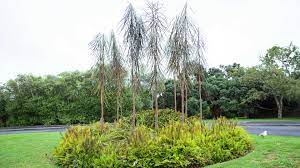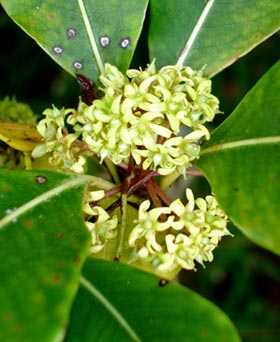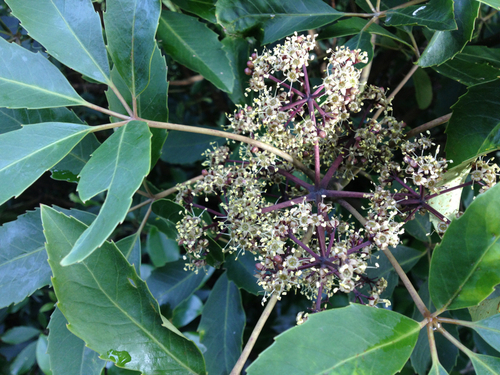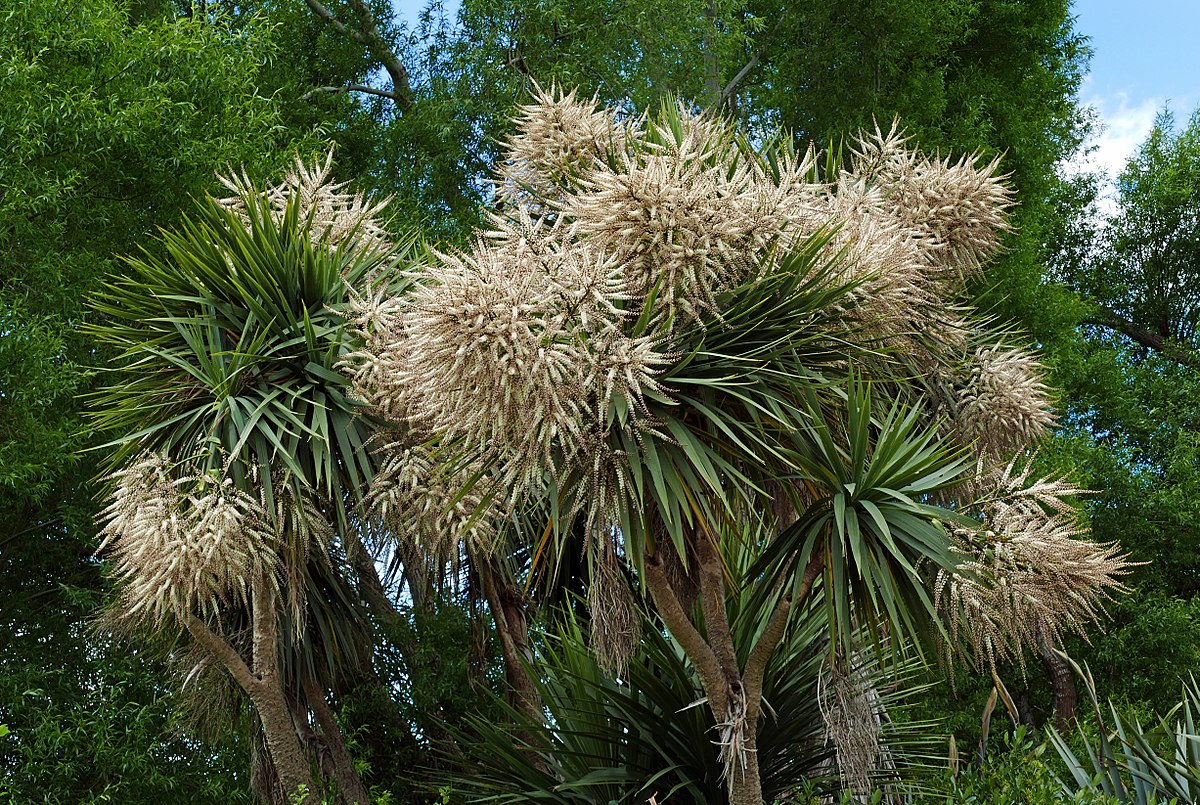A big part of the Bee Awesome He Pī Mīharo programme is showing ākonga how they can help the bees and the best ways to do this is to plant lots of bee friendly plants. This month we’ve planted lots of natives in our participating school gardens and the students have done a fantastic job!
Some of our students at Broadfields Primary on their planting day. Thanks girls for a great explantion!
We have to give a big shout out to Trees for Canterbury who kindly donated all of the native plants for our schools. Trees for Canterbury have been going for over 40 years and help out many other not for profit organisations such as ours and are a not for profit organisation themselves. They are a great place to support and would have all of the plants mentioned in this article. Click here to go to their website.
If you want to plant more native plants in your garden, here are a few suggestions.
(If you’d like to download it as one A4 factsheet, click here)
Lancewood Pseudopanax crassifolius Horoeka |
|
The lancewood is an iconic tree in the New Zealand landscape and one we don’t often associate with bees. However, it is an invaluable source of pollen for the bees from January through to April. It is wind resistant and will grow up to 12 meters in its lifetime. It has a long upright juvenile phase with long descending dark-green leaves (L) but when older this completely reverses and it looks more like a common compact tree (R). Frost tender when young. Evergreen |

A middle-aged group of Lancewood trees.
Lemonwood Pittosporum eugenioides Tarata |

The beautiful fresh lemony green leaves of a pittosporum.
|
Another frost hardy New Zealand Native that will grow to 12 meters, Pittosporiums have tiny highly fragrant, dark maroon, even black flowers in spring and summer that the bees love. The key to this plant is to not trim it into a hedge because it is the flowers that the bees need, or at least wait until after the bees have taken all of the nectar and pollen in October and November. They come in a huge range of varieties, in every shade of green you can imagine. They can suit almost any site, from full sun to shade and they thrive in damp conditions. This evergreen is also drought tolerant. |
|
|

Five Finger Pseudopanax arboreus Puahou
|
This is a handsome, small, round-headed tree with smooth, dark five-fingered green leaflets. It has small purple-black fruit from Feb-March which the birds absolutely love. It grows up to 8 meters and is wind tolerant but is it does grow best under a shady canopy. Evergreen. Hardy. ** This shrub is especially useful to the bees as it has both nectar and pollen from July through to September when there are not many other forgaing sources around. |

The five finger bush can be a great source of nectar and pollen from July through to September.
Kanuka Kunzea |
| This is a well known shrub / tree that can grow up to eight meters tall in some areas. It is a fast growing scrubby tree that thrives in hard conditions and as an added bonus it produces masses of small white flowers from September to February. It is a great source of nectar and pollen for the bees during that time. Unlike its more popular cousin, Manuka, the leaves on Kanuka are much softer to the touch. Think kind Kanuka, mean Manuka! |

A bumble bee gathering some nectar from the flowers on a Kanuka tree.
Cabbage trees Cordyline australis Tī kōuka
No native inspired garden would be complete without this very iconic kiwi tree. It is incredibly hard to kill and is very tolerant of almost any growing conditions: wind, full sun and drought or even wet/swampy conditions. It can also tolerate frost once established. It is an exceptional source of nectar and pollen in spring from October to December.
A must have in any native planting scheme.

A Cabbage tree in full flower can feed a whole colony of bees.
Corokias Korokio
Corokias is a great little filler plant that grows up to three meters high. It can be grown into a hedge or as individual plants. If grown into a hedge, let the bees get their fill of nectar before you trim it back in February or March.
It prefers full sun, but some varieties are fine in the shade. It tolerates windy sites and is drought and frost hardy but it does need good drainage. It has red or yellow ornamental berries and yellow flowers in the spring through to summer. Evergreen
These plants are a great source of nectar throughout the summer months from November to February.

Hebes Koromiko
Hebes are such great little plants to have in any garden as they come in a variety of sizes, colours and leaf textures; and the bees absolutely love them.
They prefer full sun and need good drainage.
They can tolerate wind and coastal exposure and are very drought and frost hardy. These evergreens need good drainage.
These plants give our bees lots of nectar and pollen from October through to November / December.


